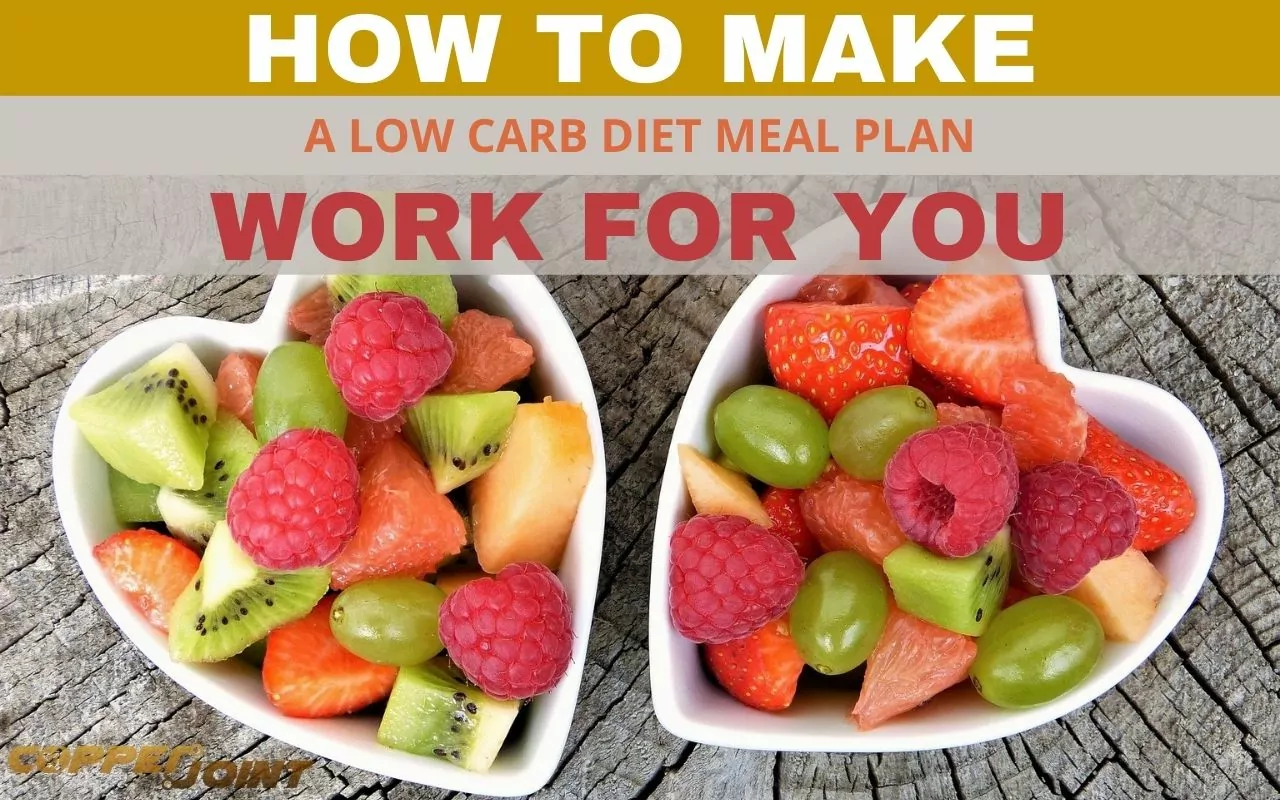
One thing many people point to that they would say defines the modern age for them is the increased drive of society to exercise. These days it seems everybody’s moving toward healthier living, as evidenced by almost everyone having a gym or a box to go to that they’ve somehow found room for in their already-packed schedules. Exercise is indeed one of the most prevalent ways present for us to fight the increased hectic pace and stress levels of the modern day, and it does have benefits of its own that are hard to argue. However, it’s certainly not the only one.
 A method that has always been included in plans to become healthier and fight off the adverse effects of modern living is dieting. Diets have always been around, but these days they seem to have taken on a new significance for people. Aside from merely pushing your cardio and your muscles to the limit on a treadmill or lifting weights, you do need to manage your food intake to make sure you’re getting the right nutrients in the right quantities and avoiding ones that could cause problems for you, and diet plans help ensure that. Streamlining what you eat, and keeping what is essentially junk from weighing down your body (in many cases literally so), is crucial these days.
A method that has always been included in plans to become healthier and fight off the adverse effects of modern living is dieting. Diets have always been around, but these days they seem to have taken on a new significance for people. Aside from merely pushing your cardio and your muscles to the limit on a treadmill or lifting weights, you do need to manage your food intake to make sure you’re getting the right nutrients in the right quantities and avoiding ones that could cause problems for you, and diet plans help ensure that. Streamlining what you eat, and keeping what is essentially junk from weighing down your body (in many cases literally so), is crucial these days.
One type of diet that has gained a new focus of late is the low carb diet. This diet has been around for quite some time, especially since its main design component involves the simple reduction of carbohydrates, starches and sugars and focusing intake instead on proteins and natural fats.
 Primarily, the low carb diet is seen to help reduce weight and stabilize blood sugar levels. Reducing our starch and sugar intake will keep out blood glucose from rising, and thus reduce our production of insulin, which when produced in large amounts can act to store fat. The trouble with the body’s production of insulin in reaction to increased glucose is that we just feel a craving for food again because of a perceived lack of nutrients in the bloodstream, starting the vicious cycle of eating and raising insulin levels all over again. Reducing our sugar intake reduces the amount of what gets converted to fat for storage and allows our body to focus on more efficiently digested material.
Primarily, the low carb diet is seen to help reduce weight and stabilize blood sugar levels. Reducing our starch and sugar intake will keep out blood glucose from rising, and thus reduce our production of insulin, which when produced in large amounts can act to store fat. The trouble with the body’s production of insulin in reaction to increased glucose is that we just feel a craving for food again because of a perceived lack of nutrients in the bloodstream, starting the vicious cycle of eating and raising insulin levels all over again. Reducing our sugar intake reduces the amount of what gets converted to fat for storage and allows our body to focus on more efficiently digested material.
 Meat and fish. Beef, pork, lamb, chicken for meat, preferably grass-fed. For fish, there are many oily fish that can give additional omega-3 benefits, such as salmon, haddock, tuna and others.
Meat and fish. Beef, pork, lamb, chicken for meat, preferably grass-fed. For fish, there are many oily fish that can give additional omega-3 benefits, such as salmon, haddock, tuna and others. Sugar and high-fructose corn syrup. This includes artificial sweeteners – use Stevia instead.
Sugar and high-fructose corn syrup. This includes artificial sweeteners – use Stevia instead.We hope now you know how to create a low carb diet meal plan for you. Learn more about our athletic compression wear and feel relief.